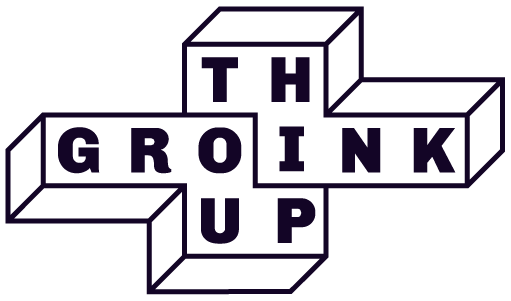6 tips for giving better creative feedback
Ok, we got some news. You ready?
Giving creative feedback is haaaaaaaaaard (but it doesn’t have to be)
Giving creative feedback can be like walking a tightrope. You want to ensure that the work aligns with the strategy. But there’s are a number of pitfalls you can end up making. So, no surprises, this is one of our most discussed topics in the world of strategy. From our experience, and conversations with members, the below tips might help you give feedback in a way that:
Meets the brief
Makes the account team feel comfortable
Ensures your creative team feels motivated
Alright, let’s get to it.
6 top tips for giving better creative feedback
Create the right context. Good feedback starts with trust. Never forget to build a relationship with your creative team (ideally, before you even have to brief them). Be the champion of great work. Make sure they know you recognise good creative ideas.
Is this the right set up? Do you need half the agency to review ideas? Get the smallest team possible and ask yourself: how long does this need? Not all reviews should last one hour. Or involve 14 people who will all have loads of opinions.
Come prepared. Be clear from the start on what you are reviewing, and what you are looking for. And know your role: your own the brief, and the problem to solve. Let the creatives own the solution (though you can help them by asking the right questions).
Learn how to judge ideas. Practise looking at different kinds of work. Learn what good looks like. Know the difference between an idea and an execution. Basically: if it works across channels, it’s an idea. If it’s specific to a channel, it’s an execution.
Subjectivity is your best friend and worst enemy. Don’t fear subjectivity. But start with what you’re drawn to. Always start with the good stuff first. And if you’re not at ease with an idea, ask yourself why, unpack it and then explain your concerns to the team. Remember: you’re not there to shit on the work, you’re there to help everyone get to the best possible idea. Always lift the work up.
Give creatives problems, not solutions. Resist the temptation to tell them what the response should be. You’re a link between the creative output and the strategy, but you’re not the creative. Point to the blockers and explore together.
Know your chapters from your book. There is a time to focus on the big picture, and a time to focus on the details. At the start, focus on getting the idea. Worry about the details later. This will help you get to a pure thought, instead of getting distracted.
And that should get you started on giving better creative feedback! Now go kick some strategy ass. You got this.
Want to come to our strategy events and discuss more stuff like this? Become a Group Think member below. It’s all free.

